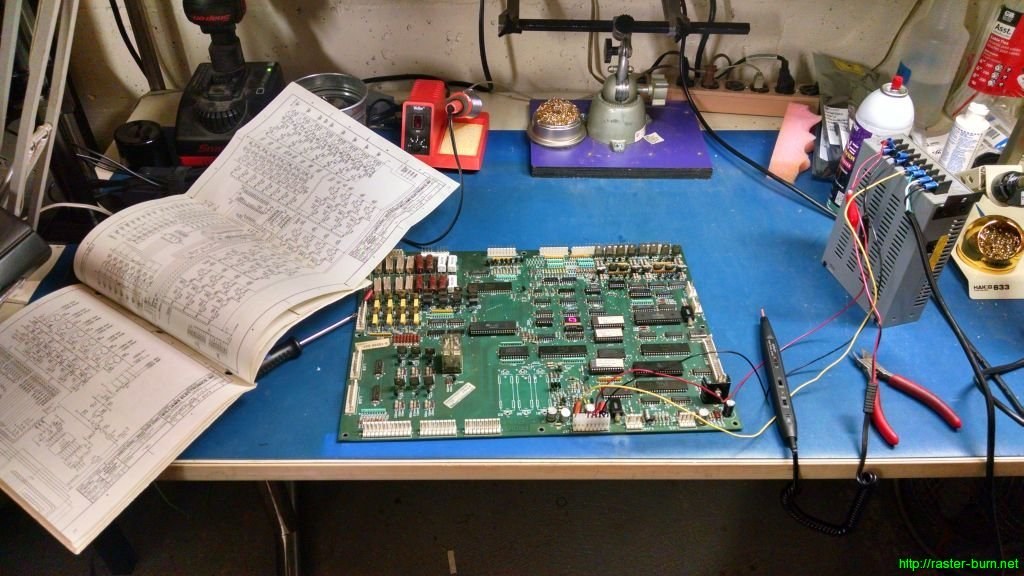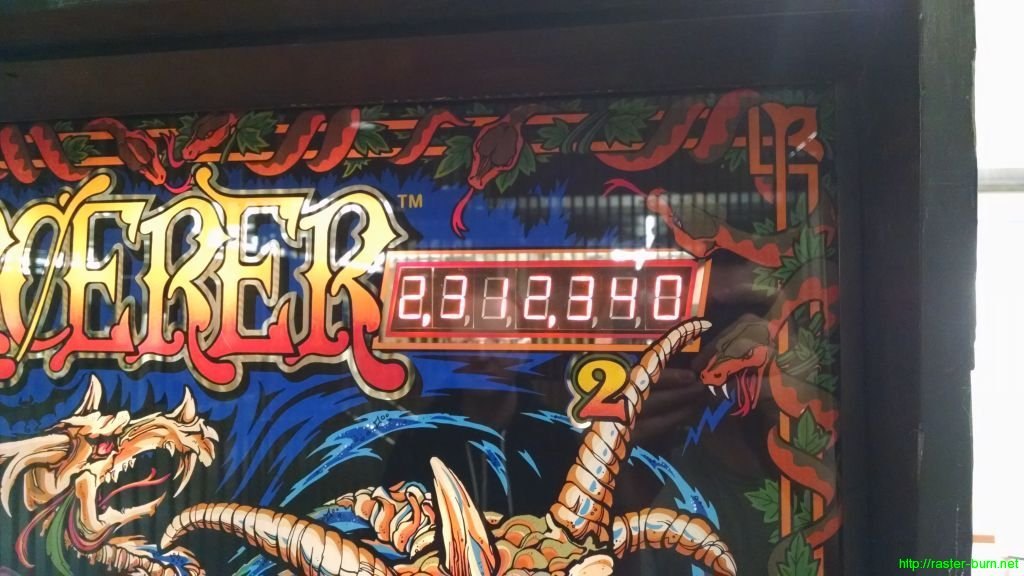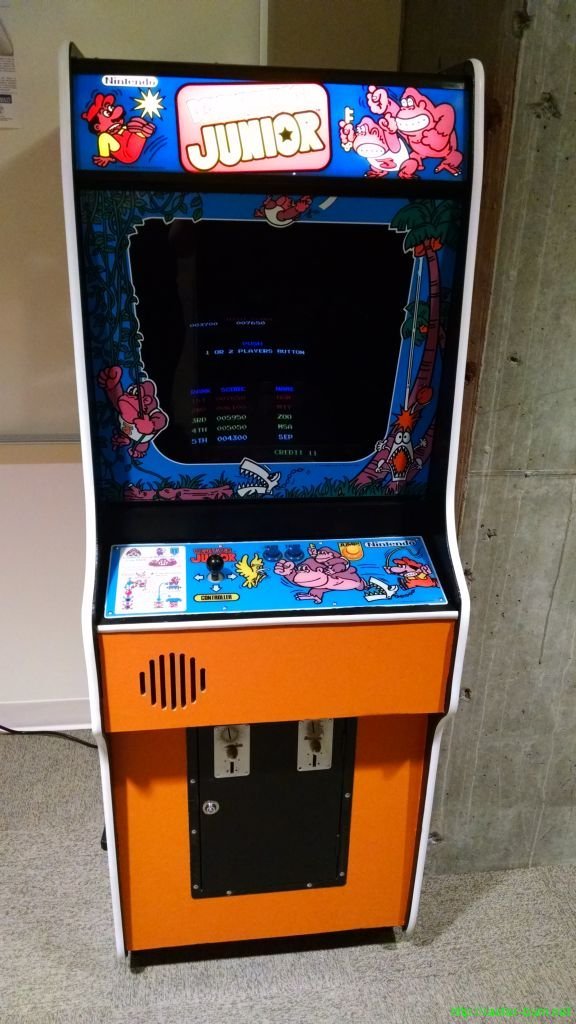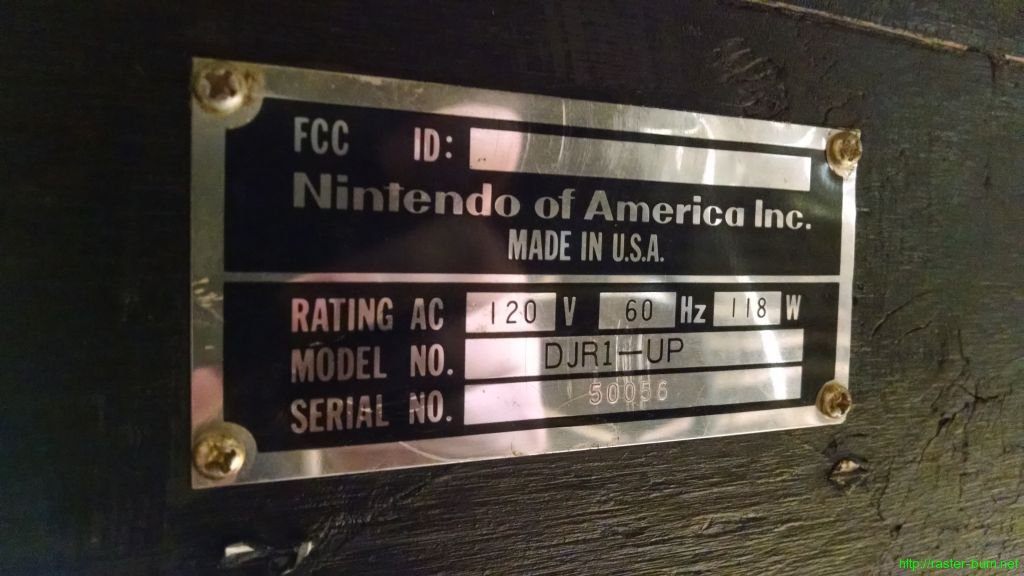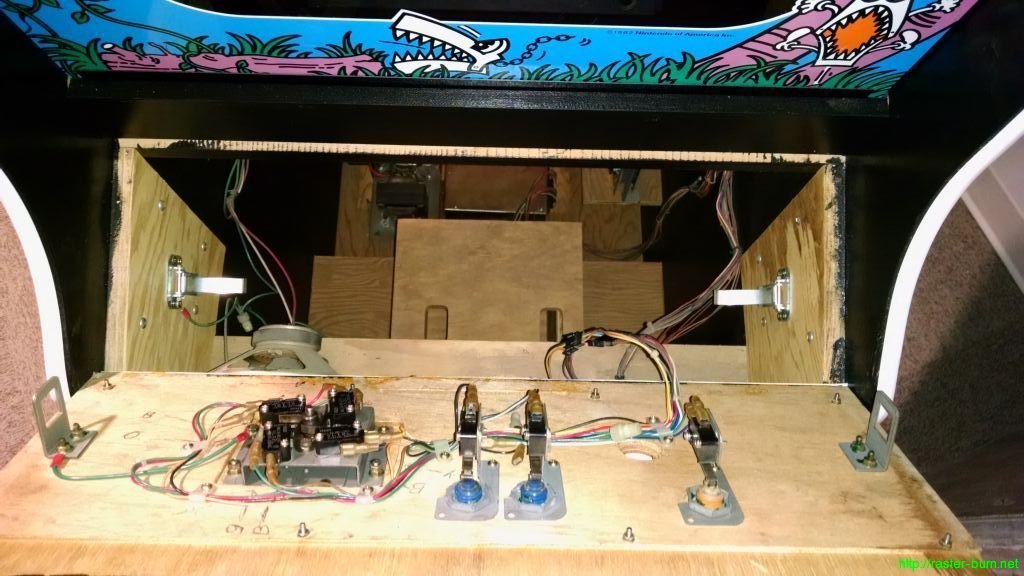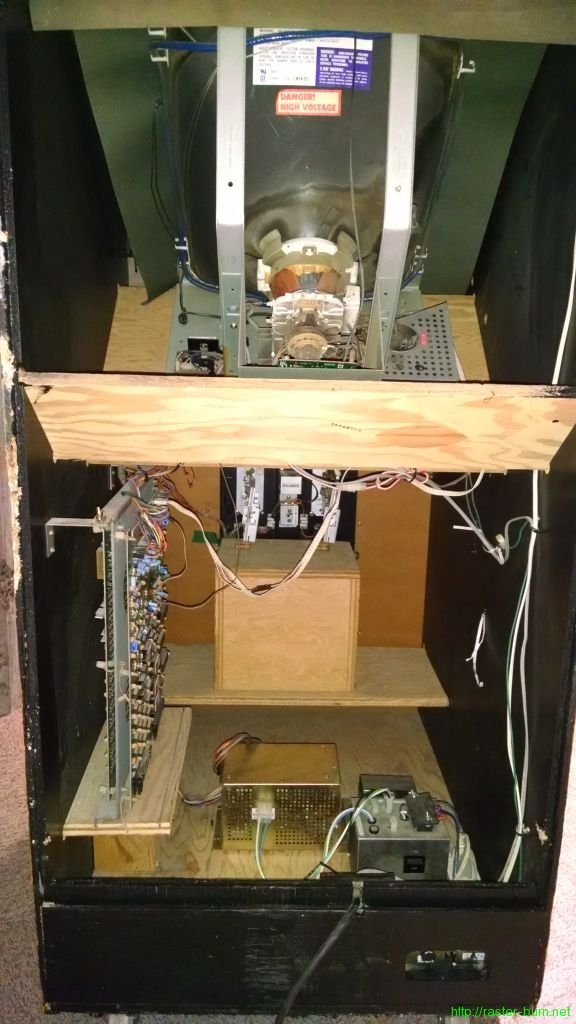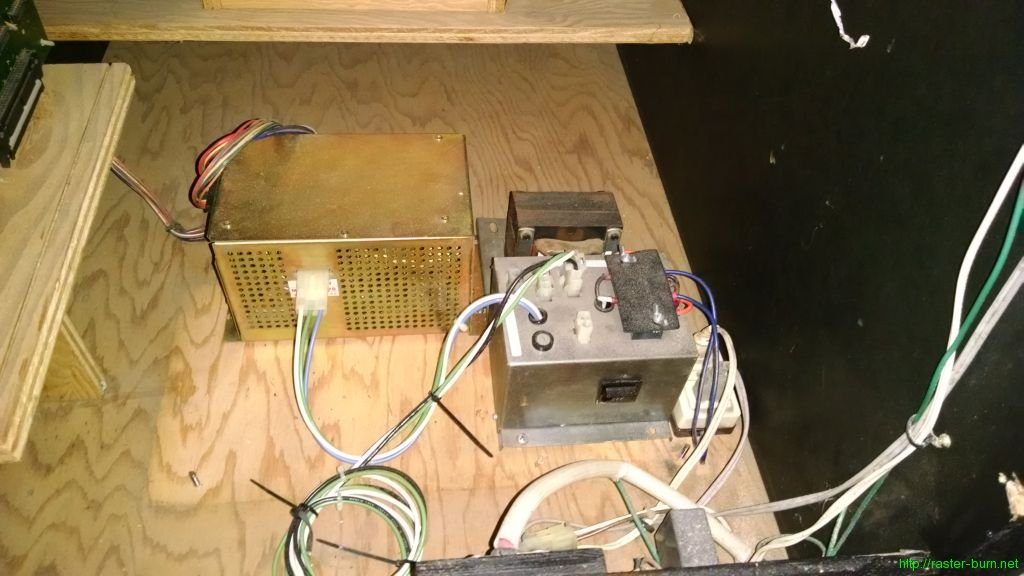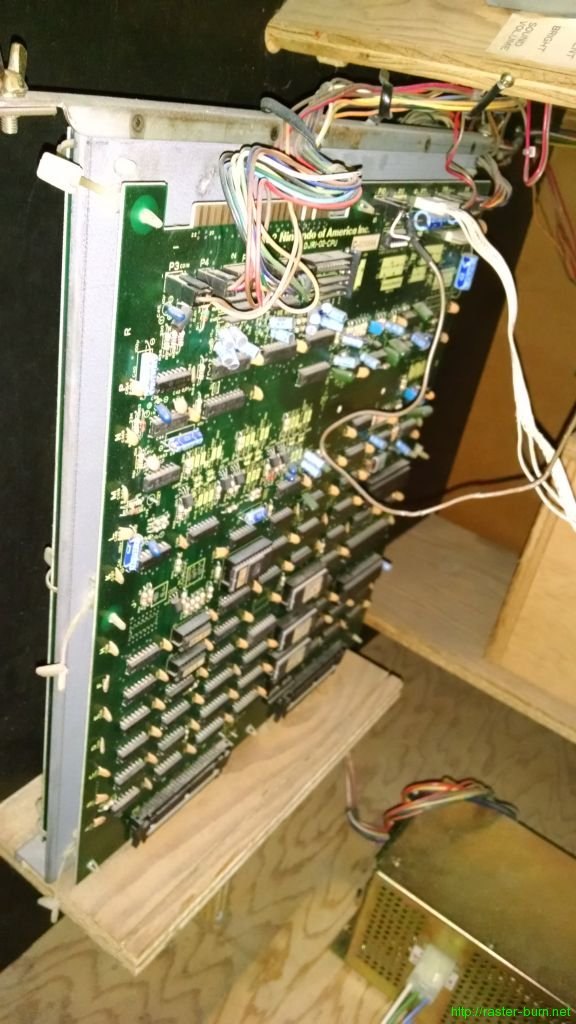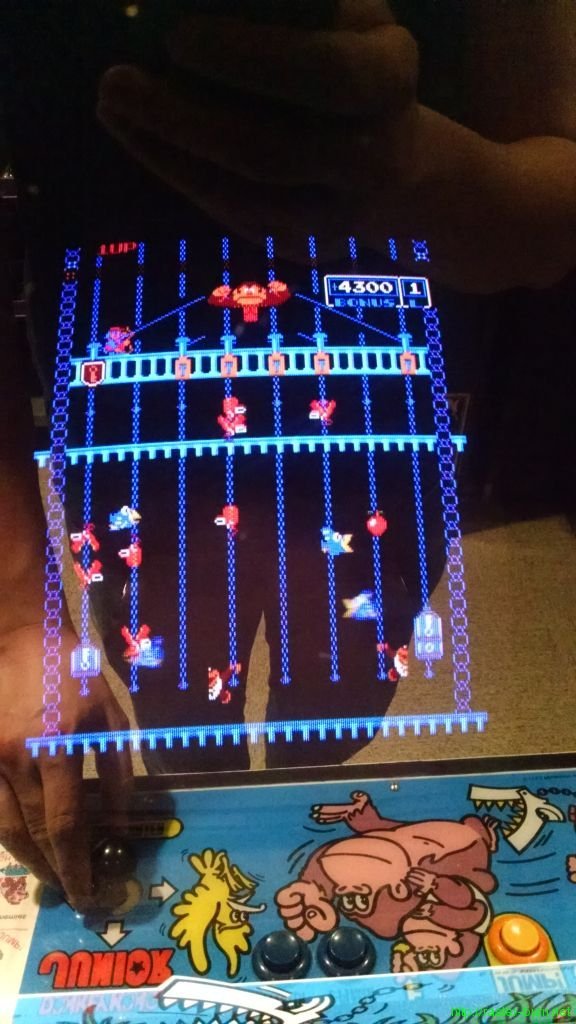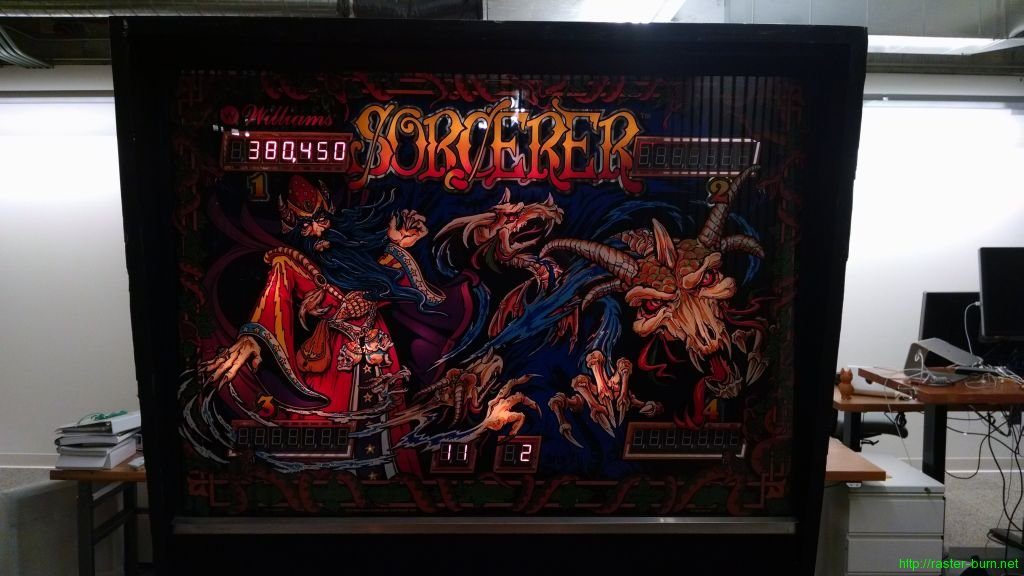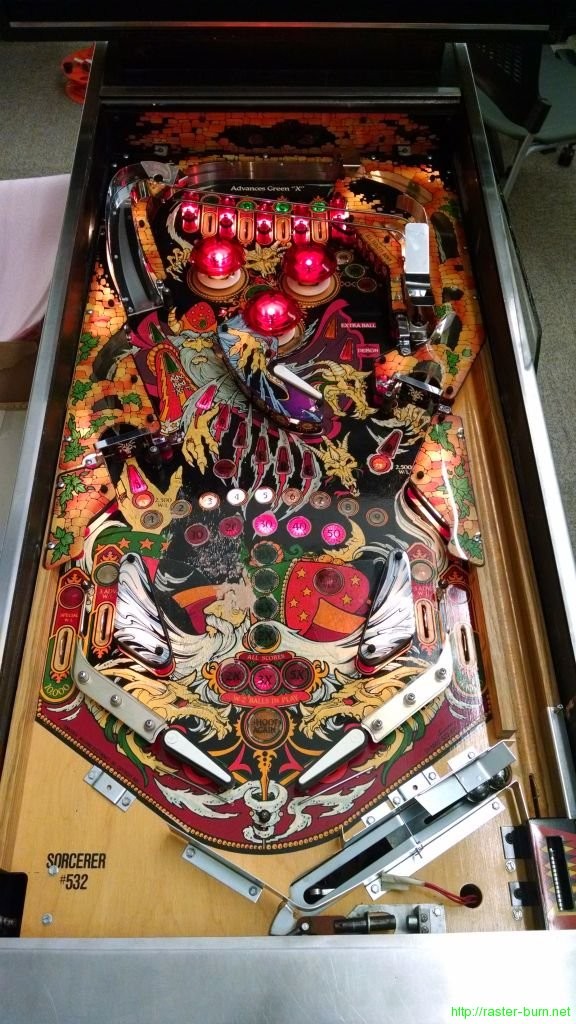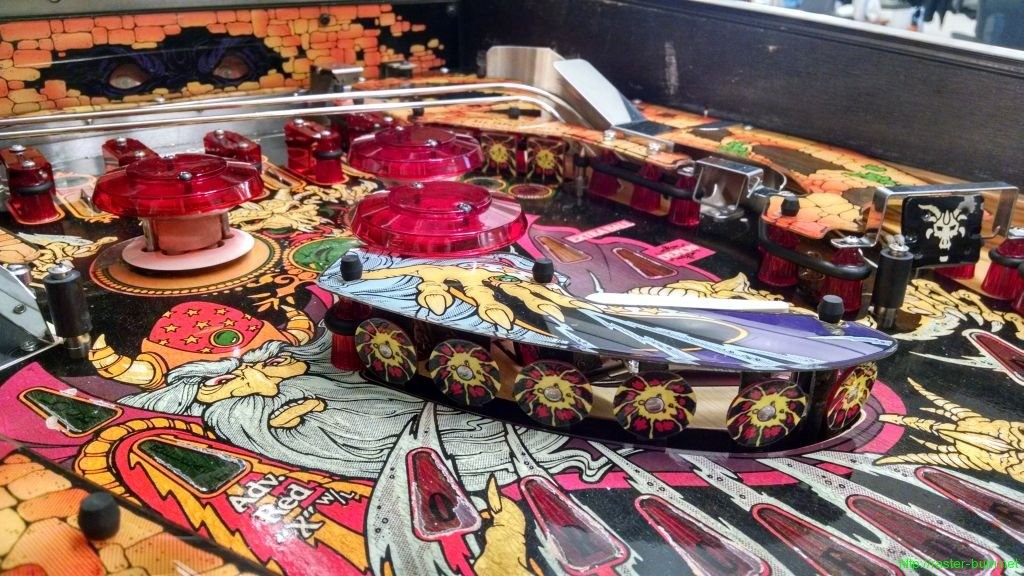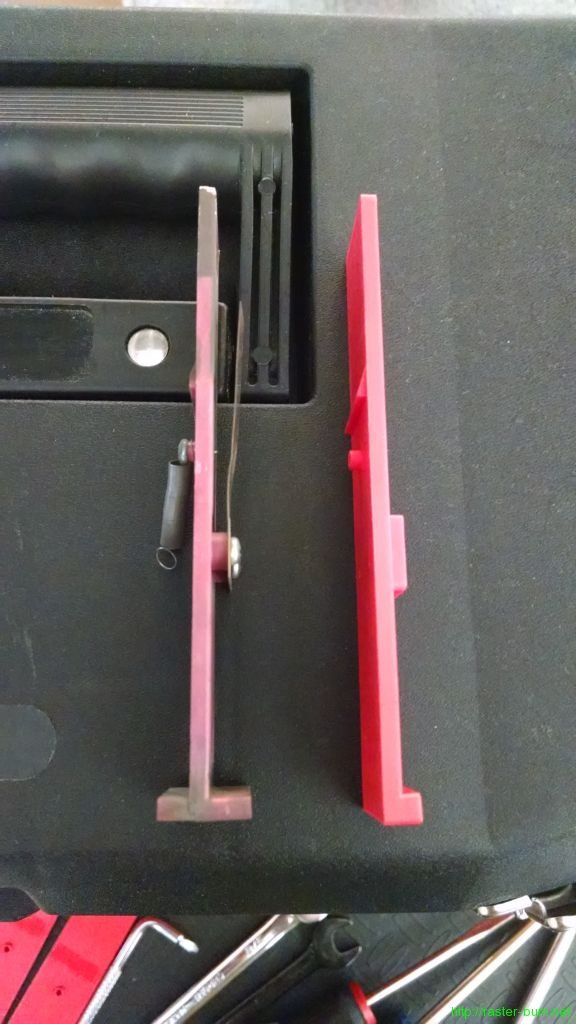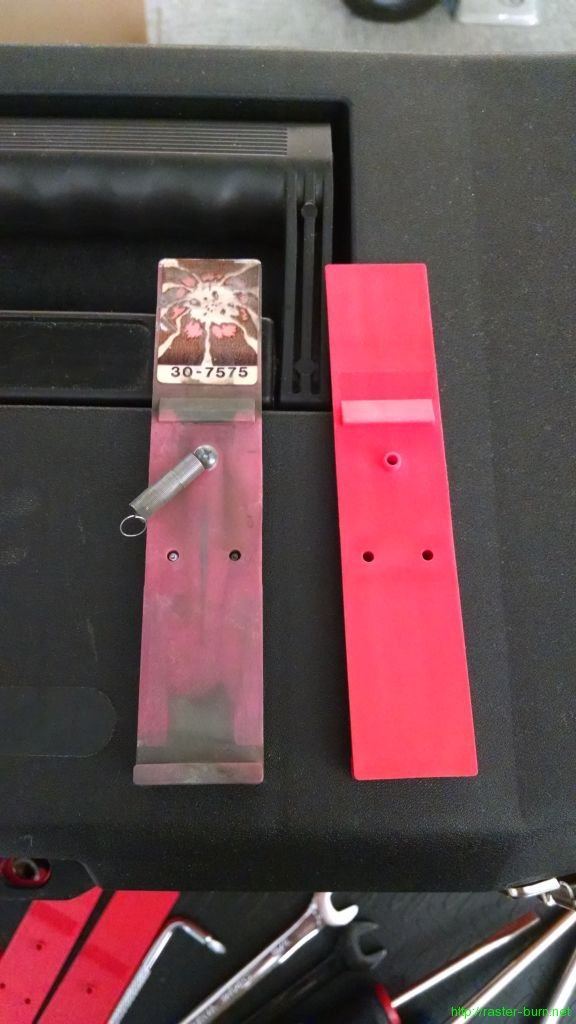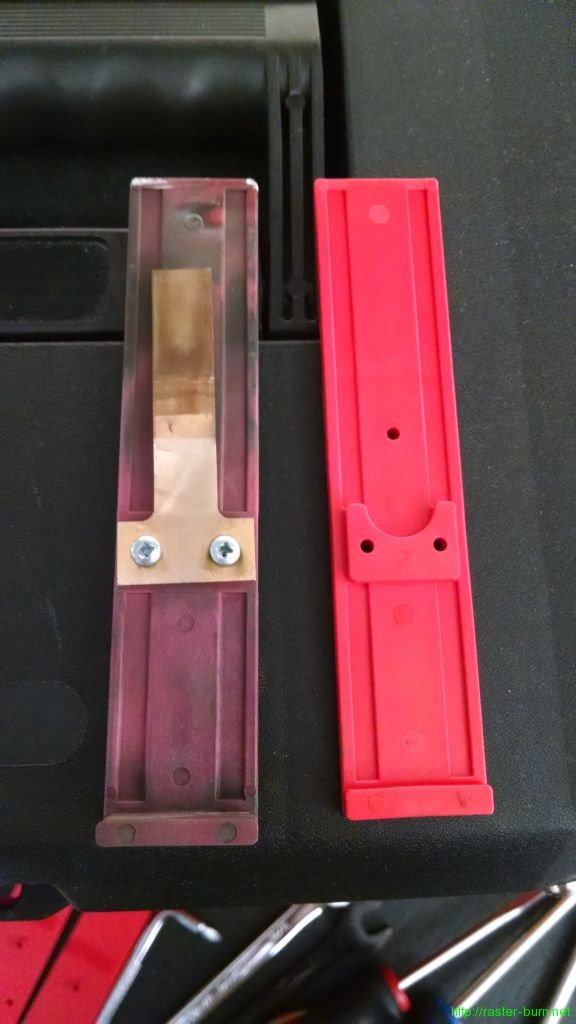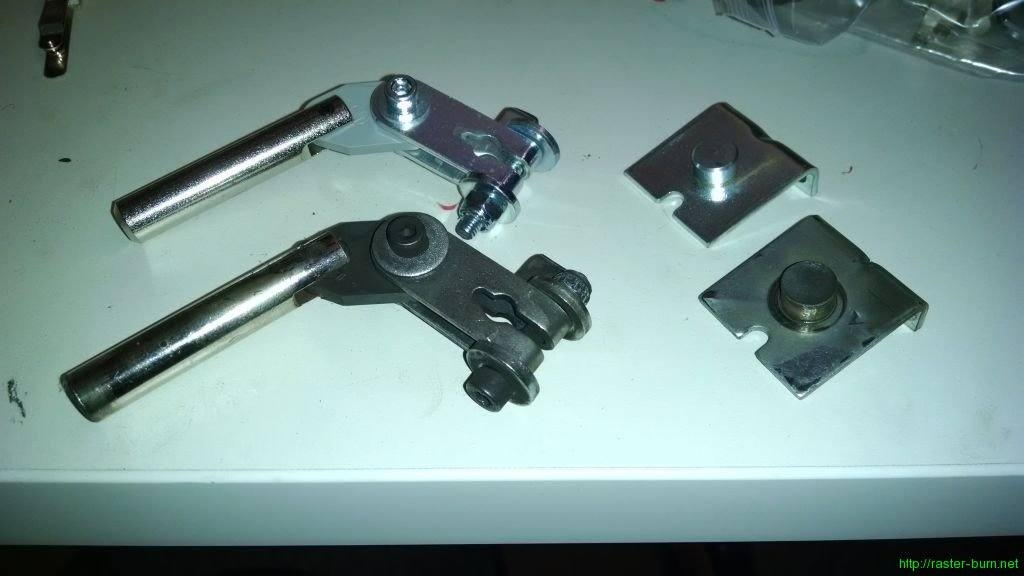It turns out the issue with the outhole kicker solenoid wasn’t due to chips dying, it just looked that way because of the way the symptom manifested, and the way I was diagnosing. I’d been swapping in new 7408 chips, and that would let the solenoid work properly for a couple games, before it would go back to locking on.
Last week I ordered a logic probe to dig further into this problem, and once I had it in hand it took about five minutes to discover that, no, the chip was not dying. What was happening is that one of its input pins was not getting any signal, and as a result the output signal that controls the solenoid was not being provided. Using the probe I checked the trace to that input pin, and found it was showing what it ought to. Pushing on the chip socket would sometimes restore connectivity, too. The problem was just a bad connection, and the intermittent behavior I’d observed was happening because every time I swapped the chip it flexed the area around the socket, occasionally in a way that briefly restored the connection.
Whoever worked on the board last used a one piece socket, and I didn’t really want to yank the entire thing out since it was evident several jumpers were installed underneath it and I didn’t care to deal with that spaghetti unnecessarily. I ended up adding a Kynar wire jumper from input pin 1 on the chip to the next component back from it. Brought the board up on the bench and checked the chip, and its inputs and outputs for the outhole solenoid now looked good.
The lack of audio was super simple too. I found that one of the pins in the connector for the volume adjustment potentiometer had its retaining clip pushed in, allowing it to work its way out of the connector when plugged into something. It wasn’t visible at a glance but I noticed the wire move when I was reinstalling the MPU board after doing the solenoid driver repair. Fixed the loose pin, plugged everything in again, and the soundtrack is back!

